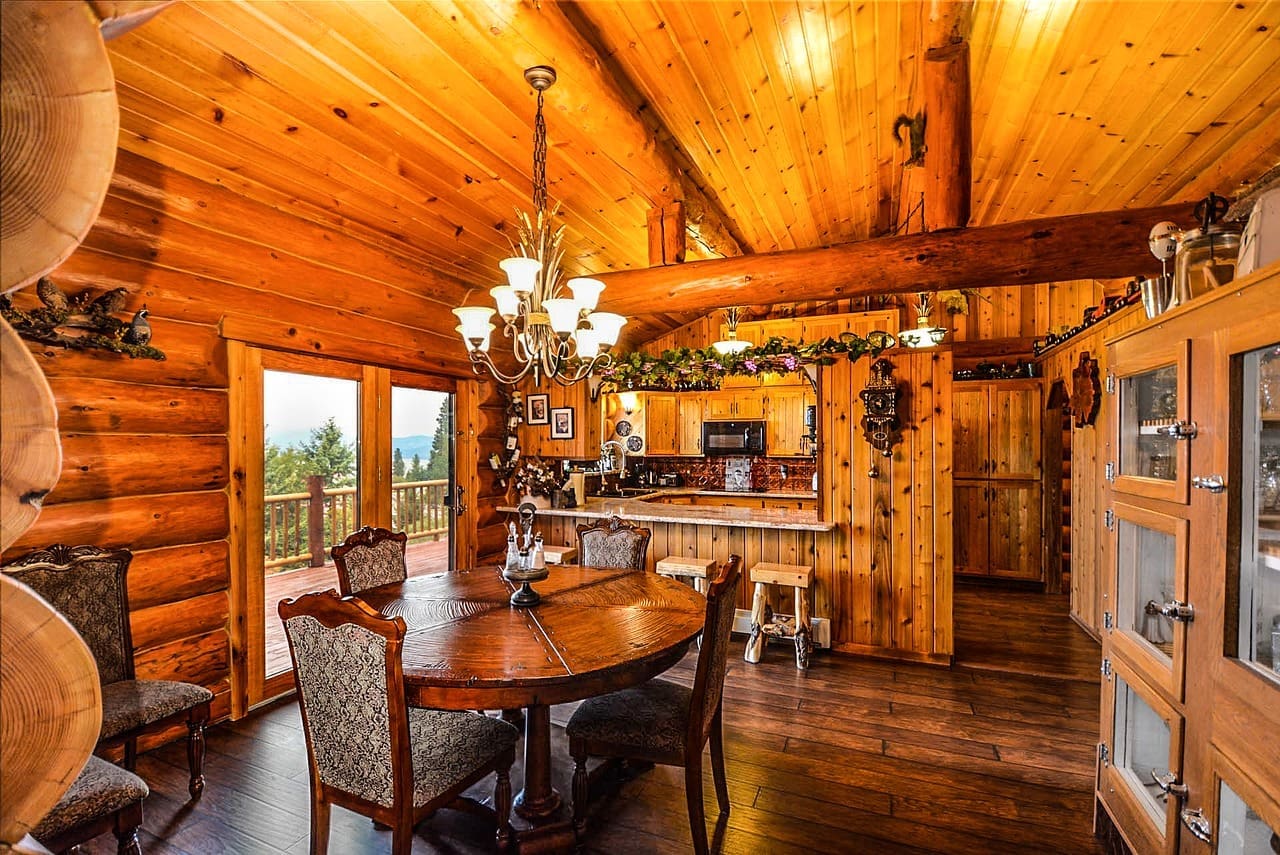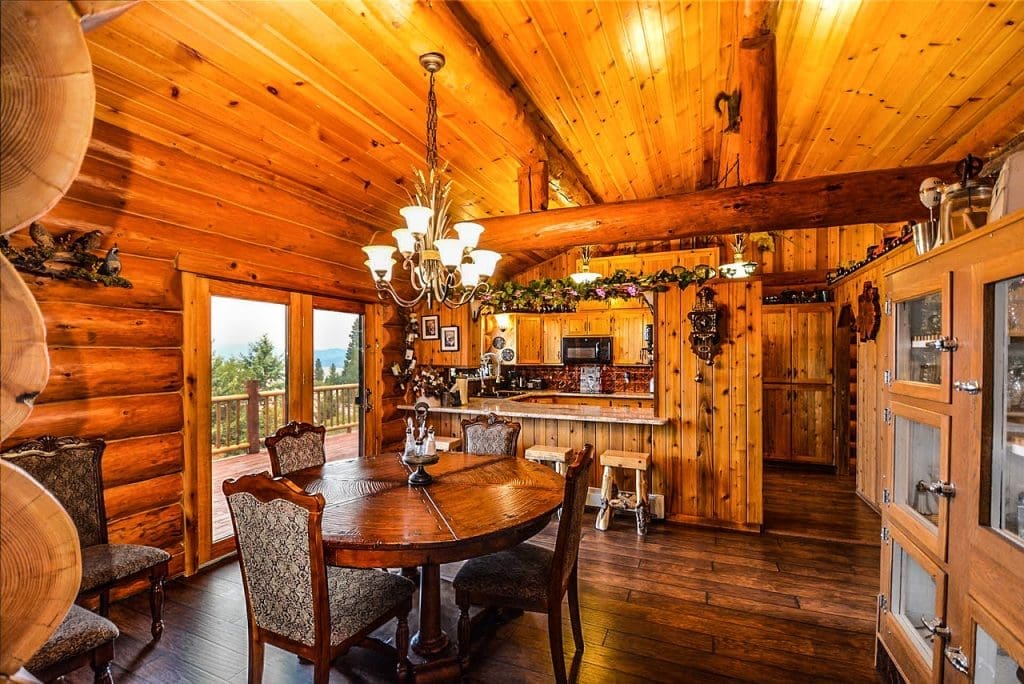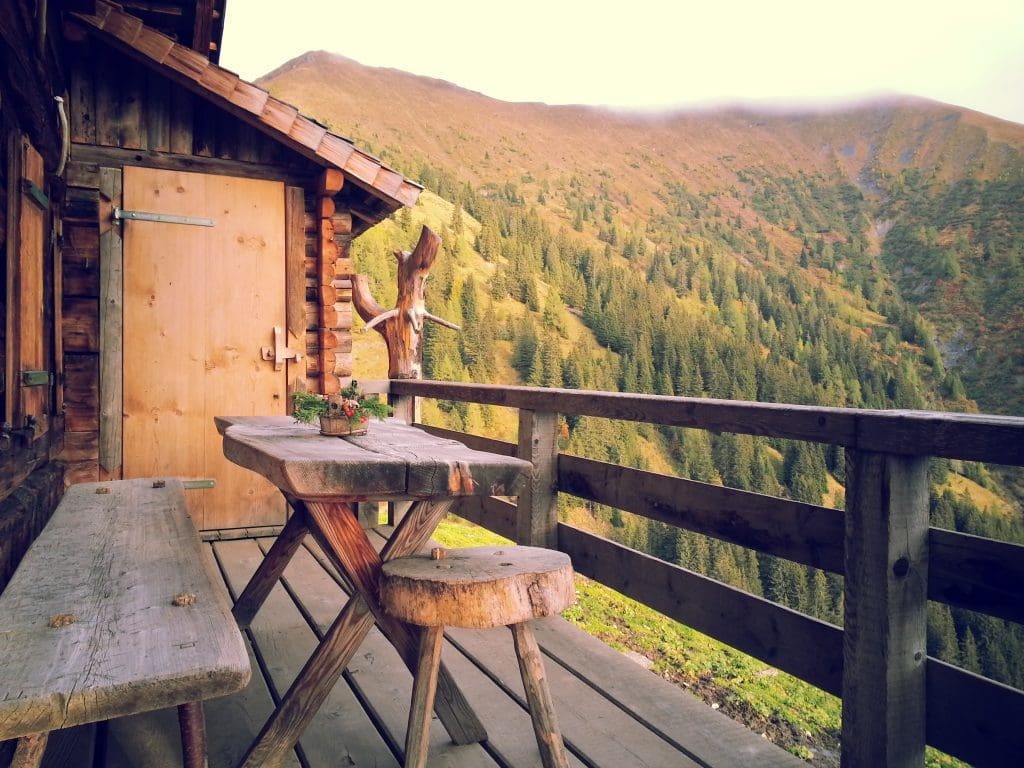

5 Things You Need to Know Before Building a Log Cabin
Even though building a log cabin may seem like an abode of the past, there are still plenty of people building these old-time, cozy homes. They may not be full-time homes but are perfect places for weekend getaways or summer vacations.
While you may not head out into the forest with an ax on your back (companies with log cabin kits already have that part covered), there are still a few things you need to know before you start construction on a log cabin.

1. Maintenance can be Time-Consuming
Chances are, you have been cleaning houses and apartments since you were old enough to hold a broom. You know the proper steps to clean a window, how to mop a floor, and everything in between. While you may not know all those deep-cleaning tricks or how to finally remove that red stain from your Tupperware, you know more than enough to keep your house looking fresh and clean.
Unfortunately, you’re going to have to learn all the new steps to take care of your log cabin.
Pests are a huge problem when building a log cabin. Termites are not as big of a threat as they used to be, but carpenter bees have taken their spots. These thick bees shake and vibrate their bodies to create tunnels in the wood, weakening it over time.
You’ll also have to do a yearly deep clean of the outside of your cabin, watching for mold and excess dust. Staining needs to take place every few years or so in order to protect your wood.
2. Building a Log Cabin Can be Energy Efficient
While it may seem like the onset of technology and modern home-building practices would outshine log cabins in every aspect, they actually do a fantastic job at holding in heat. You won’t find yourself spending near the $2,000 average on energy that regular homes might.
That’s because log cabins builders have a strict building code to follow in order to reduce moisture and air infiltration while conserving energy. This is largely to conserve the overall health of the log cabin itself. More airflow and moisture leads to mold and other issues which could doom your log cabin from the start. A good way to think about how a log cabin home stays insulated and maintains energy efficiency is that the thicker the log is, the more heat it will absorb and radiate throughout the home.


3. Log Cabins Settle Differently
Everyone’s house creaks in the night, and more often than not, it’s just the house settling (and not the Boogie Man walking through our halls like we may have believed as a child).
Log cabins settle too, but they do it differently and for different reasons.
Trees, before they’re cut down, have a very high moisture content, and after being cut down, they start to lose that moisture. That’s why you always have to put those flowers you just received in water and why your Christmas tree also needs to be replenished every day or so.
Logs will start to lose that moisture and settle, causing cracks or other issues. That’s why it’s vital that you’re using high-quality finishes and regularly checking for cracks.
It’s a normal process and shouldn’t alarm you, but if left unchecked, your home will become much less energy efficient and lose plenty of its original worth.
With log cabins needing to settle, can you guess what the two main issues to keep close eyes on? It would be adjusting the height of the posts as the walls start to settle and the clearances around the windows. So as the house continues to settle, it’s going to be an ongoing process. Screw jacks are going to play a pivotal role in helping you maintain your log cabin setting and making the necessary adjustments to the home.
4. The Guts Can Be Complicated
One of the biggest issues that often plague every log cabin owner is the wiring. Even if you feel like you’re an expert DIYer, drilling holes and installing light switches in a log cabin can be very confusing and dangerous if you’re not careful!
That’s why we always recommend that you hire a professional for those little things. Unlike homes, mistakes here and there can be tough to correct or easily patch up, so you want to make sure you have someone who is going to get it right the first time. Just think about it you have a house that’s made from wood logs; any type of electrical spark could be the beginning of a huge disaster!
So get off your high horse and set your pride to the side and seek the help of professionals to help you in this part of your venture. Remember, just because there’s a YouTube video on how to do it, doesn’t mean that you should.


5. Be Sure to Get Insurance
Just like everything else in this world, there is an insurance option. The only thing is that not all carriers have an insurance option for log cabins, meaning you may have to do some digging before finding a plan that works for you.
It’s best to hire an agent in order to find the best plan, as you’re going to want one that covers the replacement cost of your log cabin instead of the cash value. Reading through the red tape is never fun, but it’s quite necessary to make sure you’re covered.
Conclusion
Now that your all psyched about building your own log cabin, start researching and see if its for you. go out and enjoy nature as that will make you want that cabin in the woods even more.



